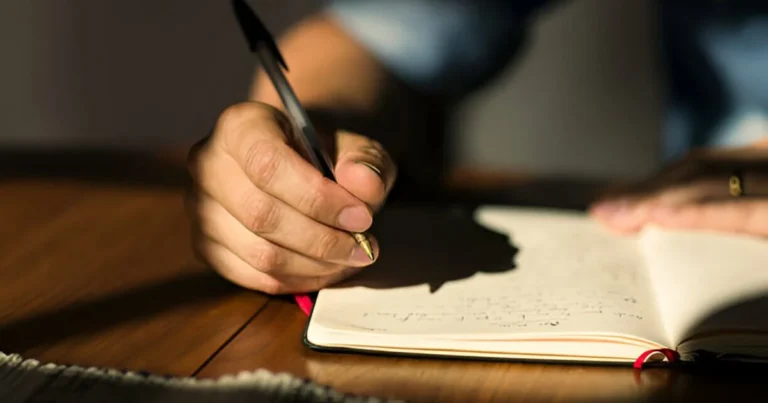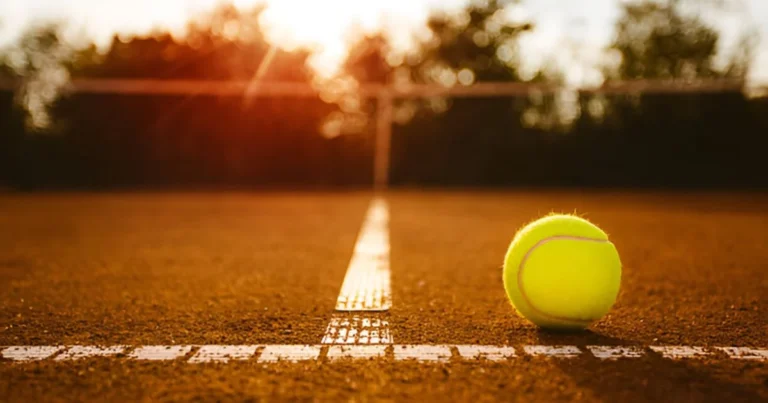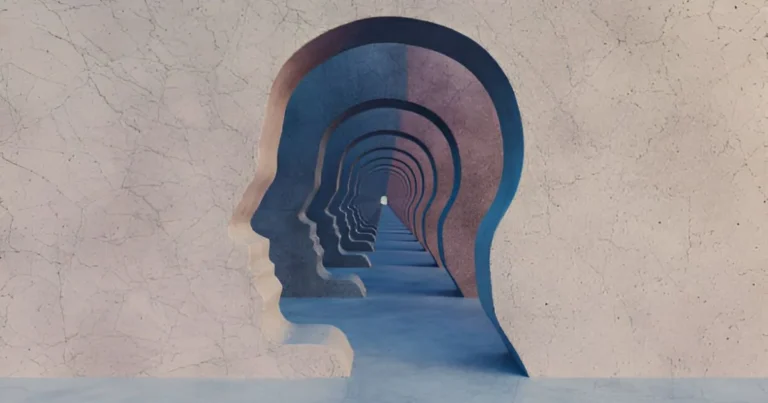Reprogramming the mind: The neuroscience behind everyday habits
Why is it that, despite being fully aware of what is right, we so often fall back into the same patterns? Every day, we resolve to change a habit or abandon another, only for our brain to quietly override our conscious decisions.
Night after night, the same scenario plays out: our hand reaches for the smartphone, the pack of cigarettes, or the box of sweets, often before conscious willpower even has the chance to intervene. These reflexes are far from a simple lack of determination; they reveal a sophisticated neural mechanism responsible for the automation of our repeated behaviors.
Aristotle had an early intuition: “We are what we repeatedly do.” Today, neuroscience confirms it. Every scroll, every cigarette, every moment of procrastination carves a deep groove into our neural circuits. But why does the brain remain so loyal to old patterns, even when we make our most enlightened decisions? And more importantly, what strategies can we use to break free from outdated habits and establish new ones?
In this article, we will explore the invisible laws that govern our habits, not to passively endure them, but to learn how to shape them, turning our brain into an ally in rewriting our daily routines.
The striatum’s shortcut: How repetition hijacks your decisions
Each morning, without thinking, your hand reaches for the coffee cup, the phone, or a cigarette. These are not conscious decisions; they are background programs running automatically. The brain acts before deliberate thought even comes into play. This process, far from magical, stems from the silent confrontation between two forces: conscious decision-making and neural automation.
Neuroscience breaks this process down into three stages:
- A triggering cue (boredom, stress, familiar context)
- A ritual (checking the phone, snacking, smoking)
- A reward (a dopamine rush bringing immediate relief)
Once established, this loop is etched into the striatum, a key region for habitual behavior. Energy-efficient by nature, the brain delegates: each repeated action leaves a mark, which eventually becomes a well-trodden path, expanding over time into an invisible highway, a habit.
A stabilized habit consumes up to 60% less energy than learning a new behavior (MIT, 2023). As a result, old reflexes dominate: the striatum preserves the map of these fast tracks, repeats the familiar action, triggers the dopamine hit… and the cycle continues. Meanwhile, the prefrontal cortex, the seat of reflective thought, struggles to regain control: planning, resisting, saying no. However, it remains disadvantaged:
- Latency: It reacts about 300 milliseconds after an automatic impulse.
- Metabolic cost: It consumes up to 12% of the brain’s glucose, compared to just 2% for the striatum.
- Stress sensitivity: Cortisol can reduce its efficiency by around 30%.
The prefrontal cortex is slow and energy-hungry. The striatum, by contrast, is fast and economical. When faced with a decision, the brain invariably favors the more efficient pathway, usually the habitual one (Neuron, 2022).
Thus, it is not the relevance of an idea that matters most, but its frequency. A recurring negative thought leaves a deeper imprint than a weekly meditation session.
Nevertheless, habits are not destiny. The brain’s extraordinary capacity for neuroplasticity, its ability to rewire itself based on experience, means that change is always possible. The challenge lies in understanding how to harness this plasticity to reshape our neural pathways, build healthier routines aligned with our true goals, and lighten the burden carried by our minds.
The brain’s second chance: Building better habits
Fortunately, neural circuits are not set in stone. Thanks to neuroplasticity, the brain can reorganize itself, allowing outdated automatic behaviors to be replaced by more adaptive ones.
The first step in changing a habit is disrupting the environmental cues that trigger it. This involves modifying one’s surroundings to prevent the automatic activation of old behaviors, thereby limiting relapse. It is equally important to pair every new action with immediate gratification, whether through a pleasurable moment, a short break, or a positive sensation. These micro-rewards stimulate dopamine release, strengthening the link between action and satisfaction.
Conscious observation also plays a crucial role. Noticing one’s automatic behaviors without judgment helps reduce impulsivity and enhance self-regulation. Research suggests it takes about sixty-six days for a new behavior to become a habit, with the first ten days being particularly critical for neural consolidation.
Three key principles guide this process:
- Identify and defuse: Recognize and neutralize triggers (by changing environments or restructuring habits).
- Replace: Offer a concrete, satisfying alternative (such as drinking water instead of snacking).
- Reward immediately: Link each new behavior to an immediate positive feeling.
Changing a habit is not a battle against oneself. It is a gradual process rooted in understanding the brain’s workings, respecting its rhythms and needs. With patience and consistency, it becomes possible to reshape our habits and align our actions with our aspirations.
However, even with this cerebral flexibility, change rarely follows a linear path. Psychological barriers, deeply ingrained defense mechanisms, and powerful environmental influences often complicate the journey. Understanding these challenges is critical to any true transformation.
Beyond the brain: How emotions and environment sabotage change
Understanding the brain’s functional architecture is merely the first step. Nevertheless, knowledge alone is not enough. The next part of our exploration addresses the psychological hurdles that often hinder habit change.
The human psyche, riddled with tensions such as anxiety, fear, and depression, forms a complex battleground where old and new habits clash. Simply knowing how the habit-reward circuit operates (and the striatum’s role) does not overcome these psychological obstacles. For example, anxiety often reinforces comforting routines through avoidance mechanisms, as shown by Brewin’s research (1996, Psychological Medicine). Similarly, depression alters motivation and the perception of rewards, entrenching rigid behavioral patterns, as highlighted by Treadway et al. (2012, Neuropsychopharmacology).
Personal traits, such as self-efficacy (Bandura, 1977), determine the ability to persist despite setbacks. Low self-esteem or fear of failure can sabotage efforts to adopt new habits, even when the desire for change is genuine. Conversely, traits like resilience and openness to experience foster adaptability, as McCrae & Costa (1997) outlined in their Big Five model. Cognitive-behavioral interventions (CBT) directly target these dimensions, showing proven effectiveness in treating addictive behaviors (Hofmann et al., 2012).
Beyond these internal dynamics, the external environment, particularly the socio-professional setting, can either amplify or mitigate these processes. A stressful environment (e.g., work overload, lack of support) heightens anxiety and drains the mental resources needed for change, according to the Job Demands-Resources model (Demerouti et al., 2001). On the other hand, supportive environments and positive group norms (e.g., encouraging colleagues) can bolster self-efficacy. Cialdini’s work on social influence shows how group norms can make new habits “contagious” (Influence: Science and Practice, 2001).
Thus, transforming habits requires a “double alchemy”: healing psychological fractures (like anxiety and low self-esteem) and reshaping the environment to serve as an ally rather than an adversary.
We like to believe we are the masters of our lives, that every decision stems from a free and conscious choice. In reality, it is our habits, subtle, repetitive, often unconscious, that script our days in invisible ink and weave the silent fabric of our destinies.
As Dr. James Clear, author of Atomic Habits, aptly puts it: “Habits are the compound interest of self-improvement. What you do repeatedly, even if it seems insignificant today, will define who you become twenty years from now.” A micro-action, repeated a thousand times, becomes identity. And our brain, in its silent economy, makes no moral distinctions: it simply records, automates, and reinforces.
Thus, changing is not a struggle against oneself, but an act of patient inner rewriting. It requires more than willpower; it demands a deep understanding of the psychological forces that both comfort and sabotage us, alongside careful attention to the environments where our habits take root.
In the end, to change our habits is to become the craftsman of our own evolution.
References
Aristote. Éthique à Nicomaque, Livre II.
Clear, J. (2018). Atomic Habits: An Easy & Proven Way to Build Good Habits & Break Bad Ones. Avery.
Cyrulnik, B. (2001). Les Vilains Petits Canards. Odile Jacob.
Graybiel, A. M. (2008). Habits, rituals, and the evaluative brain. Annual Review of Psychology, 59, 611–639.
Graybiel A. M. (1998). The basal ganglia and chunking of action repertoires. Neurobiology of learning and memory, 70(1-2), 119–136.
Lally, P., van Jaarsveld, C. H. M., Potts, H. W. W., & Wardle, J. (2010). How are habits formed: Modelling habit formation in the real world. European Journal of Social Psychology, 40(6), 998–1009.

Ahmed El Bounjaimi
Copywriter-Content Designer
Master’s in Organizational Communication, Hassan II University
Bachelor’s in Philosophy of Communication and Public Spheres, Hassan II University







